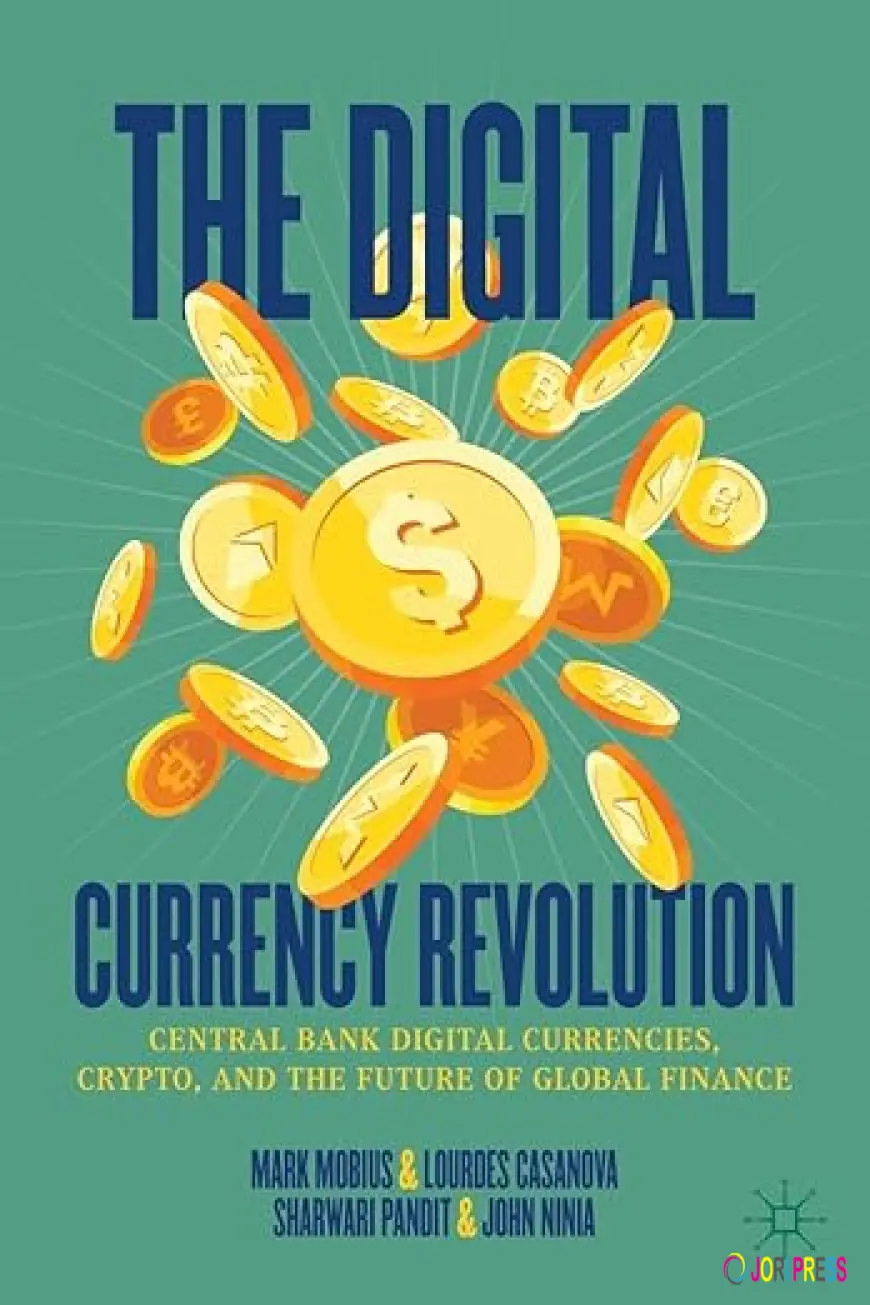The Digital Currency Revolution: Central Bank Digital Currencies, Crypto, and the Future of Global Finance
Central banks worldwide are scrambling to keep pace with innovation, and the decisions made today will shape the global economy for generations to come.

Money is going digital, and the transformation is happening faster than most people realize. The last ten years have brought extraordinary changes to how we think about and use currency. From mobile payment apps to government-backed digital money, the financial landscape is being rewritten. Central banks worldwide are scrambling to keep pace with innovation, and the decisions made today will shape the global economy for generations to come.
Explosion of Digitalization and Financial Technology
The foundation of this revolution lies in the massive growth of digital finance and mobile payments, particularly in emerging markets. Over the past decade, these regions have experienced unprecedented adoption of financial technology. Millions of people who never had bank accounts now use their phones to send money, pay bills, and save for the future. This digital transformation has created alternative financial systems that operate independently of traditional banks, fundamentally changing how commerce works in developing nations.
Rapid Global Adoption of Central Bank Digital Currencies
As these alternative systems gained traction, central banks recognized they needed to respond quickly. The result has been an accelerated push toward Central Bank Digital Currencies—official digital versions of national money. What began as a theoretical concept has rapidly evolved into active pilot programs across multiple countries. According to the Atlantic Council's CBDC tracker, over 95% of the world's economy is now exploring CBDCs in some capacity. This near-universal interest signals a potential paradigm shift in how governments manage and distribute money.
How Emerging Markets Are Leading the Way
While developed nations debate the merits of digital currencies, emerging markets have moved decisively ahead. These countries aren't just considering CBDCs—they're testing them, launching them, and refining different approaches in real time. Developing nations have proven more willing to experiment with bold financial innovations, often because they face pressing challenges that digital solutions can address. Whether it's reaching unbanked populations or modernizing inefficient payment infrastructure, these markets see digital currencies as practical tools, not just abstract concepts.
In-Depth Case Studies from Diverse Countries
Through detailed case studies spanning multiple countries, this book examines how different nations are approaching digital currency innovation. Each country brings distinct economic conditions, social needs, and policy goals to its CBDC strategy. These real-world examples reveal what works, what doesn't, and what unexpected challenges arise when theory meets practice. The book goes beyond surface-level analysis to explore the unique contexts that shape each nation's digital currency journey.
Both the Benefits and Drawbacks of Digital Currencies
No financial innovation is without complications. The book presents a thorough and balanced examination of the positive and negative consequences of CBDCs and related technologies. Digital currencies promise greater financial inclusion, faster transactions, lower costs, and improved transparency. However, they also raise serious concerns about privacy erosion, excessive government power, and the dangerous concentration of control in central banking institutions. Understanding both sides of this equation is essential for anyone trying to grasp where global finance is headed.
Privacy Concerns and the U.S. Perspective
Privacy stands at the center of the CBDC debate, especially in the United States. Critics warn that if physical cash disappears and all transactions become digital, governments will gain unprecedented visibility into citizens' spending habits and financial lives. This shift from anonymous cash transactions to traceable digital payments represents a fundamental change in the relationship between individuals and the state. American opponents of CBDCs emphasize that convenience shouldn't come at the cost of financial privacy and personal freedom.
Potential Disruption of the Global Financial Order
Perhaps most significantly, the book explores how these new technologies could upend the entire international financial system. Wholesale CBDCs, retail CBDCs, cryptocurrencies, stablecoins, and cross-border digital payment platforms aren't just improving existing processes—they're creating entirely new possibilities for how money moves around the world. The book examines the ongoing policy battles between nations over digital payments and currencies, including concerns about whether physical money will lose its strength and relevance in an increasingly digital world.
Want to understand the future of money? The Digital Currency Revolution provides clear, comprehensive insights into the forces reshaping global finance. Whether you're a student, professional, or concerned citizen, this book will help you navigate the complex world of digital currencies and understand what's at stake. Explore these critical themes further by ordering your copy today on Amazon or Barnes & Noble.
What's Your Reaction?
 Like
0
Like
0
 Dislike
0
Dislike
0
 Love
0
Love
0
 Funny
0
Funny
0
 Angry
0
Angry
0
 Sad
0
Sad
0
 Wow
0
Wow
0















































